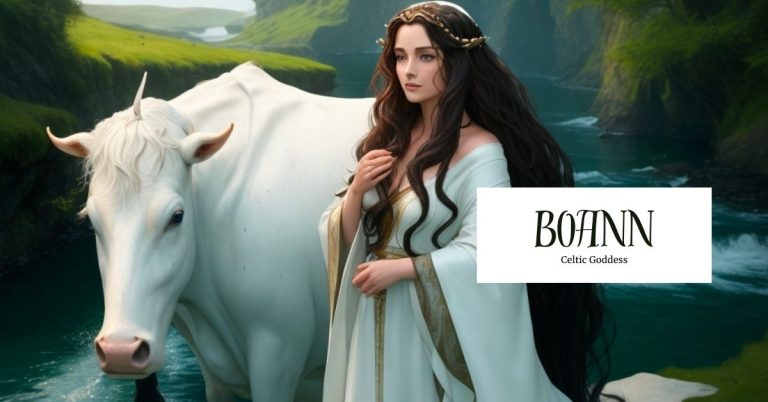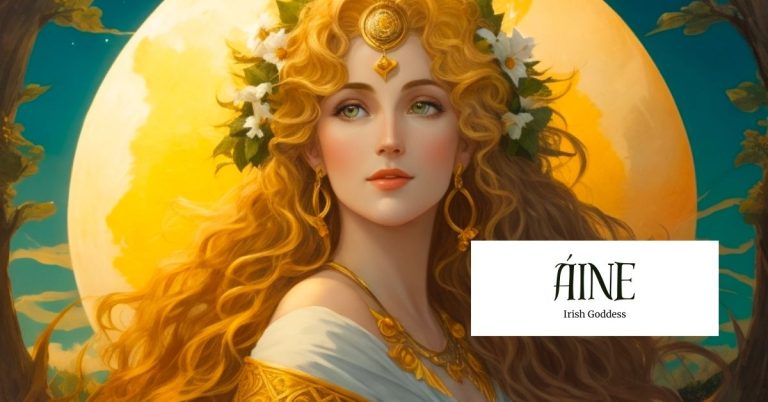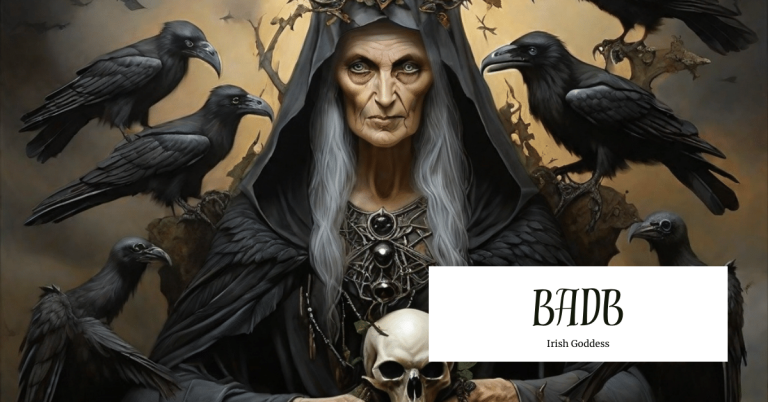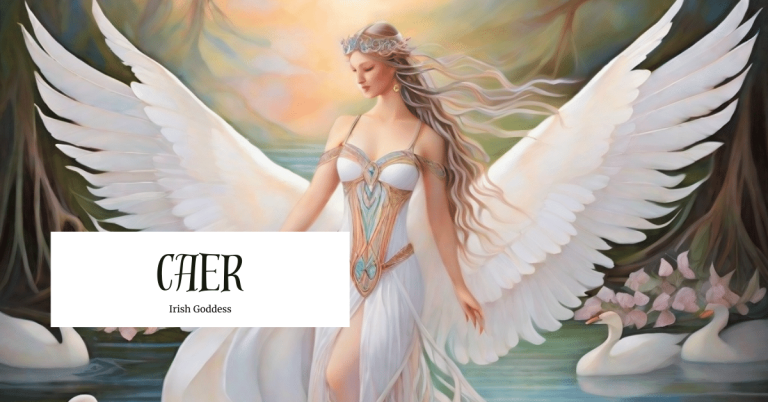Boann: Goddess of Poetry and Fertility
From her daring quest to approach a forbidden well to her transformation into the River Boyne, Boann’s legends encapsulate the…

From her daring quest to approach a forbidden well to her transformation into the River Boyne, Boann’s legends encapsulate the…

As a goddess of love, beauty, and the sea, Clíodhna possesses an enchanting duality that resonates through ages past and…

Áine, the Goddess of the Sun, the Moon, and Love. She is the radiant embodiment of the sun’s warmth and…

Badb, the Goddess of death and war, is known as one of the sisters of Morrigan. From her fearsome presence…

Goddess Caer, hailing from the lineage of the Tuatha de Dannan, is a divine entity who transcends the boundaries of…